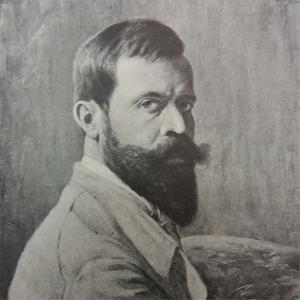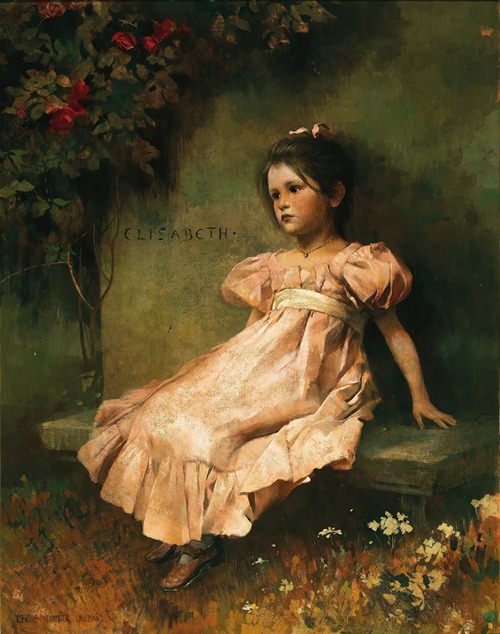

Georg Schuster-Woldan
Georg Eberhard Wolfgang Schuster-Woldan was a German painter and graphic artist.
Schuster-Woldan was the son of Heinrich Schuster. His younger brother was the painter Raffael Schuster-Woldan. From 1872 to 1876, he attended the middle school in Striegau. From 1876 he was a pupil at the Liegnitz grammar school, where he graduated in 1883. He initially received his artistic training at the Stuttgart Art Academy. In 1885, his studies were interrupted by military service, which he completed as a one-year volunteer in the Bavarian army. He then continued his studies at the private school of the painter Frank Kirchbach in Munich, whom he followed, together with his brother Raffael, to the Städelschule in Frankfurt am Main.
After completing his studies, he initially lived and worked in Munich, where he was a member of the board of the Luitpold Group and ran a private painting school in his studio in Schwabing. From 1900 to 1906, Georg Schuster-Woldan lived at Ainmillerstraße 26, while his studio was located at Franz-Josef-Straße 14. After the end of the First World War, in which he had taken part as an officer (cavalry captain), he moved to St. Georgen near Dießen am Ammersee with his second wife Dora. He became known as a painter of large-format legends and fairy tales. His paintings Der getreue Eckart, Der Menschenfresser, Der Rattenfänger and Nikolaus und das Christkind attracted a great deal of attention at exhibitions. In his later work, he developed into a sought-after portraitist of children and women. Some of his portraits were published on the cover of the art magazine Jugend. At the major art exhibitions in the Glaspalast (Munich), his works were among the most important exhibits of the Luitpold Group.
